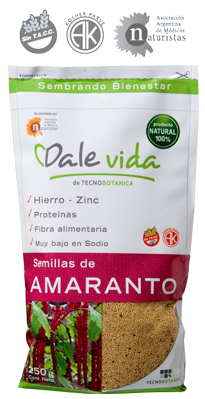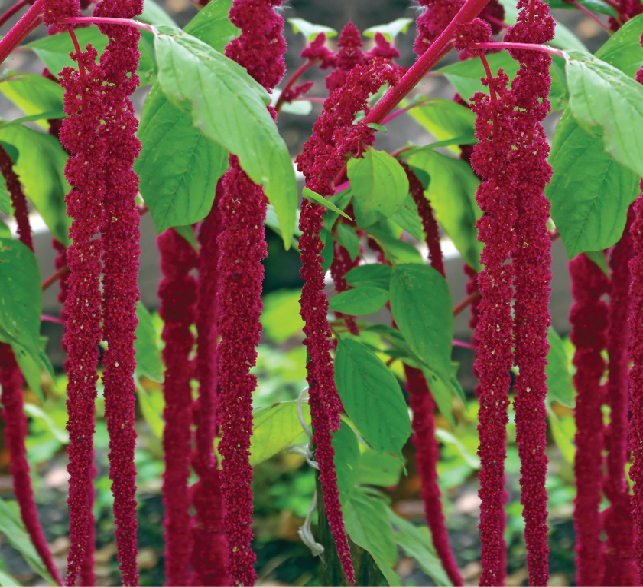Amaranth
 Historical Overview
Historical Overview
The generic name proceeds from the Greek amaranthos, which means “flower that never shrivels”.
Grown for over 2,000 years, amaranth was the sacred food of the pre-hispanic world and the basic component of its civilizations’ diet. Aztecs valued the vigor it gave them and that was the reason why they used it as food, even in their religious rites. Incas also appreciated its healing power and Mayas appreciated their great nutritional value, considered essential for their culture.
Amaranth is a kind of herb widely distributed in most mild and tropical regions. There are approximately 100 species. Amaranth is very resistant to cold and dry weather, and it even grows in poor and humid soils in very tropical zones where it frequently rains (approx. 980 mm).
The seeds have 13%-18% of proteins and a high level of leucine, an essential amino acid for nutrition. Kiwicha grain (also known as amaranth) contains calcium, phosphorus, iron, potassium, zinc, vitamin E and vitamin B complex.
Its fiber, compared to the wheat and other cereal fibers, is very fine and soft. It is not necessary to separate it from flour; even better, together they constitute a great source of energy.
Kiwicha has drawn NASA’s attention due to its great nutritional properties, so it has been included in astronauts’ diet.
Celiac individuals can consume it because it does not contain gluten. It is not known if they have toxic components.

